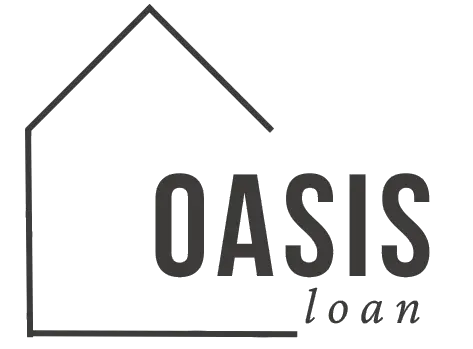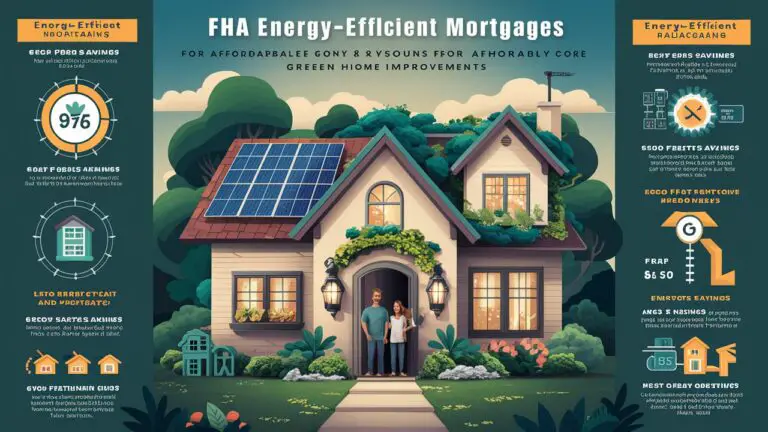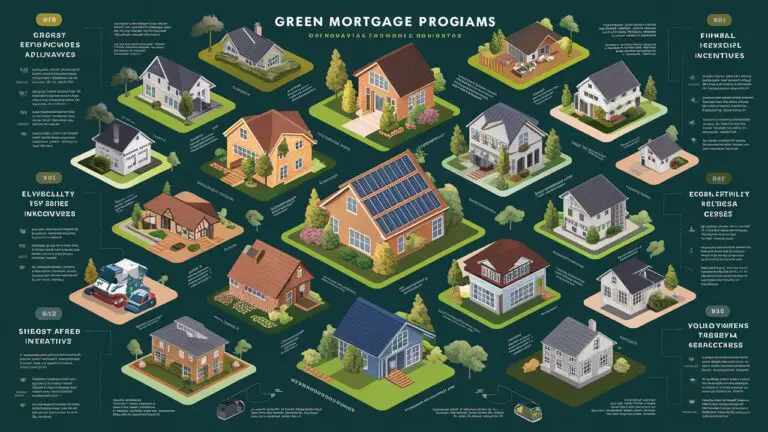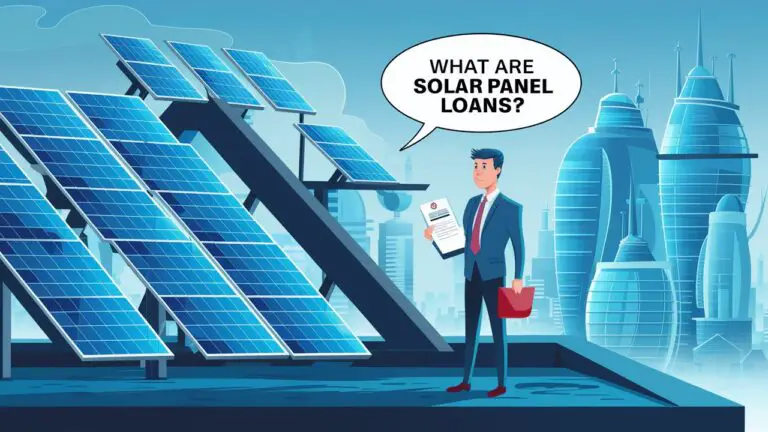Understanding Government-Backed Loan Programs for Green Home Improvement
In recent years, government-backed loan programs have become a popular option for homeowners looking to invest in green home improvement projects. These programs offer financial support for energy-efficient upgrades, such as installing solar panels, and can significantly reduce the costs associated with making your home more environmentally friendly. This article will guide you through various government-backed loan programs, their benefits, and how you can utilize them for your green home improvement needs.
What Are Government-Backed Loan Programs?
Government-backed loan programs are financial products that receive support from government agencies. This backing reduces the risk for lenders and, consequently, offers more favorable terms for borrowers. These loans often come with lower interest rates, longer repayment periods, and less stringent qualification criteria compared to conventional loans.
Types of Government-Backed Loan Programs
1. FHA Energy-Efficient Mortgage (EEM)
The Federal Housing Administration (FHA) offers the Energy-Efficient Mortgage (EEM) program to help homeowners finance energy-efficient improvements. This program allows borrowers to include the cost of energy-efficient upgrades, such as solar panels, into their mortgage. The FHA EEM program is available for both purchasing a new home and refinancing an existing one.
Benefits:
- Lower Interest Rates: FHA EEM loans typically come with competitive interest rates.
- No Additional Down Payment: The cost of improvements can be added to the mortgage, so no extra down payment is required.
- Energy Savings: Investing in energy-efficient upgrades can lead to substantial savings on utility bills.
External Link: FHA Energy-Efficient Mortgage Program
2. VA Energy-Efficient Mortgage
The U.S. Department of Veterans Affairs (VA) provides energy-efficient mortgage options for eligible veterans and active-duty service members. This program helps cover the cost of energy-efficient upgrades for homes that are being purchased or refinanced.
Benefits:
- No Down Payment Required: VA loans typically do not require a down payment.
- Competitive Interest Rates: VA EEM loans often offer lower rates compared to conventional loans.
- Additional Savings: Veterans can benefit from lower energy bills due to home improvements.
External Link: VA Energy-Efficient Mortgage Program
3. USDA Rural Development Home Improvement Loans
The U.S. Department of Agriculture (USDA) offers home improvement loans for rural homeowners looking to make energy-efficient upgrades. These loans are designed to assist low- and moderate-income families in rural areas with home repairs and improvements.
Benefits:
- Low-Interest Rates: USDA loans generally come with very favorable interest rates.
- Flexible Terms: Loans can be repaid over a long period, making them manageable for homeowners.
- Support for Rural Areas: This program specifically targets homeowners in rural communities.
External Link: USDA Rural Development Home Improvement Loans
How to Qualify for Government-Backed Loan Programs
Each government-backed loan program has specific qualification requirements. Understanding these requirements is crucial for determining your eligibility and ensuring a smooth application process.
FHA Energy-Efficient Mortgage Qualifications
Credit Score: FHA loans generally require a minimum credit score of 580. However, some lenders may accept lower scores with additional documentation.
Income Requirements: Borrowers must demonstrate the ability to repay the loan, often requiring proof of steady income and employment.
Property Requirements: The home must meet FHA guidelines for energy-efficient upgrades, and the improvements must be deemed necessary by a certified energy auditor.
VA Energy-Efficient Mortgage Qualifications
Service Requirements: To qualify, applicants must meet specific service requirements, including active-duty service or veteran status.
Credit Score: While the VA does not set a minimum credit score, lenders typically look for scores of 620 or higher.
Income and Employment: Proof of stable income and employment is required to ensure the borrower can manage monthly payments.
USDA Rural Development Home Improvement Loans Qualifications
Income Limits: The USDA sets income limits based on family size and location. Borrowers must fall below these limits to qualify.
Property Location: The property must be located in a designated rural area, as defined by the USDA.
Credit History: A decent credit history is necessary, although the USDA may consider other factors.
Benefits of Using Government-Backed Loans for Green Home Improvement
Government-backed loans offer several advantages for homeowners looking to make green improvements to their homes. These benefits can make a significant difference in the overall cost and feasibility of your project.
Lower Costs for Energy-Efficient Upgrades
By financing your green home improvements through government-backed loan programs, you can lower the upfront costs. For instance, the cost of solar panels can be rolled into your mortgage or covered by a low-interest loan, making it more affordable.
Access to Additional Resources
Many government-backed programs offer additional resources, such as energy audits, rebates, and grants. These resources can help reduce the overall cost of your project and improve its effectiveness.
External Link: Energy Star Rebate Finder
Enhanced Home Value
Investing in green home improvement projects can increase your home’s value. Energy-efficient upgrades often lead to lower utility bills and a more comfortable living environment, which can be attractive to potential buyers.
How to Apply for Government-Backed Loans for Green Home Improvement
Applying for government-backed loans involves several steps, including researching available programs, gathering necessary documentation, and completing the application process.
Research Available Programs
Start by researching the different government-backed loan programs to determine which one best fits your needs. Consider factors such as loan terms, interest rates, and eligibility requirements.
External Link: Department of Energy Loan Programs Office
Gather Necessary Documentation
Prepare your financial documents, including income statements, credit reports, and property information. This documentation will be required during the application process.
Complete the Application Process
Submit your application through the appropriate channels, such as FHA-approved lenders, VA loan officers, or USDA representatives. Ensure you provide accurate information and follow up as needed.
Conclusion
Government-backed loan programs offer valuable opportunities for homeowners looking to invest in green home improvement projects. By understanding the different types of loans available and their benefits, you can make informed decisions and take advantage of financial support for energy-efficient upgrades. Whether you’re interested in loans for solar panels or other home improvements, these programs can help make your green goals a reality.







